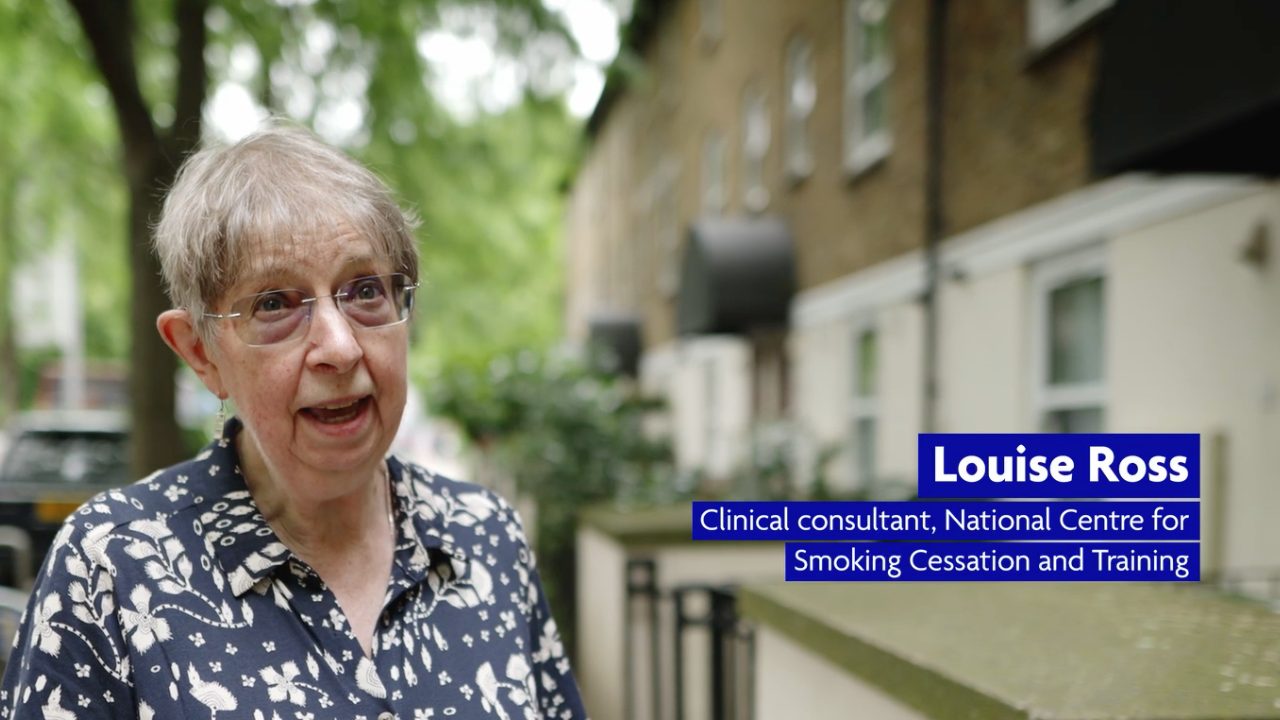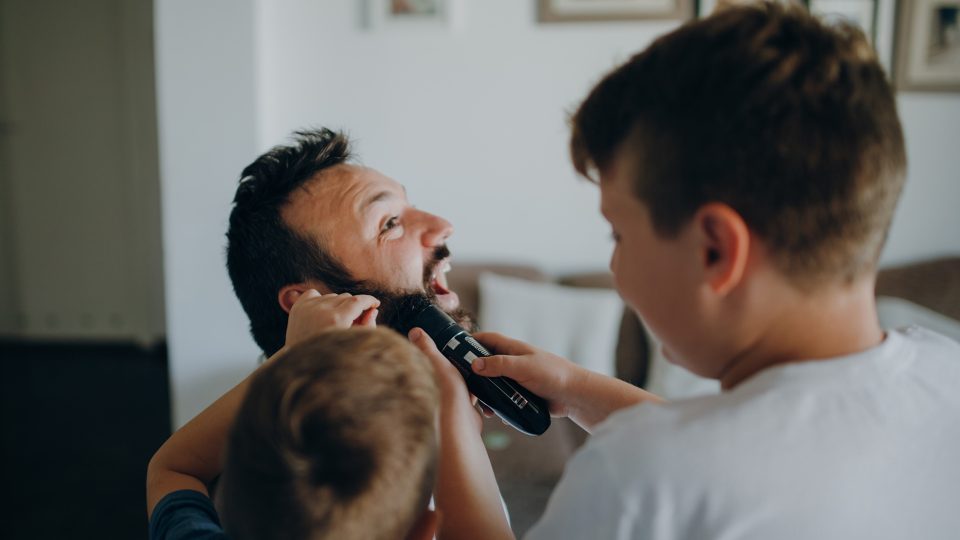Wondering how to quit vaping? Explore quitting strategies & how to manage cravings.

How to Stop Vaping
Nicotine vaping is one of the most effective tools for quitting smoking – and you’re twice as likely to quit smoking with a vape compared with other nicotine replacement products, like patches and gum.
If you used vaping as a tool to quit smoking but now want to stop vaping, it’s important to consider why you want to quit and if it’s the right time? Ask yourself the following questions:
Why do you want to quit vaping?
If you’re worried that vaping is harmful, research shows that while not entirely risk free, it is substantially less harmful than smoking. The nicotine in both vapes and tobacco is addictive but relatively harmless. It is the other components in tobacco such as tar, carbon monoxide and the many other chemicals that are not present in vapes that cause the harm.
Read our article that debunks myths, misconceptions and fake information about vaping here.
Is there a chance you will relapse and start smoking again?
Remember smoking is much more harmful than vaping so if there’s a chance you might start smoking again, wait for a better time to quit vaping. Experts (such as NICE) recommend that you should use a vape for as long as you need to prevent you going back to smoking.
If you think you’re ready to quit vaping, it can be easier when you prepare in advance and have a plan. Read on to find out what steps you can take to quit vaping.
Five Tips to Stop Vaping
Make a plan.
Decide on a good time to stop vaping that fits in with your life. Tell family and friends so they can support you. Think about your vaping routine, so that you can consider where to make changes.
Gradually reduce the nicotine strength of your e-liquid: create a step-down
If you use disposable vapes, you may want to consider switching to re-fillable vapes. This is because disposable vapes often use the highest nicotine strength (20mg / 2%) with little flexibility for reducing this.
Switching to a refillable vape and purchasing a separate e-liquid allows you to gradually step down the nicotine strength, so you get used to less nicotine – similar to how you would step down nicotine strength when using Nicotine Replacement Therapy (NRT) to quit smoking.
It is best to do this gradually over a few weeks so that your body gets used to less and less nicotine.
Top tip: E-Liquid comes in a range of nicotine strengths from 20mg to 0mg.
A good rule of thumb is:
- 0mg – nicotine-free.
- 3mg-5mg – low concentration.
- 6mg-11mg – low to medium concentration.
- 12-17mg – medium to high concentration.
- 18-20mg – high concentration.
Nicotine strengths are also written as their % nicotine content eg 20mg would be shown as 2%, 12mg as 1.2% and 6mg as 0.%.
Extend the time between vaping
If you’ve kept your vape with you at all times while you were quitting smoking it’s easy to slip into the habit of using it because it is there, rather than because you need to use it to relieve a craving. Some ways to go longer between uses are:
- Setting time limits until your next use, for example, 30 minutes between vaping increases to one hour between vaping.
- Leaving your vape in a different room and only using it when you really need to.
Think about your routines and situations
Think about the routines and situations where you use your vape most often, such as when around people smoking, or during work breaks, and use it then but not at other times. This will help to break the association between vaping and certain situations or times.
Set rules for yourself about where you do and do not vape, for example only outside of the home or only on breaks at work so that as you decrease strength, you don’t fulfil cravings by increasing frequency.
Create a strategy to deal with cravings. Follow the four Ds:
- Delay. Cravings don’t last forever. If you can avoid acting on the urge to vape, the craving will usually pass in a few minutes. Don’t give in.
- Distract. Do an activity that distracts your attention away from the urge to vape:
- Maybe save up some small tasks to do in these moments, such as the washing up, or tidying a room.
- Listen to music, or play a game on your phone
- Go for a walk.
- Chat to a friend or quit buddy.
- Alternatively take up a hobby that focuses your mind and keeps your hands busy.
- Deep breathing. Take a few minutes to practice some slow, relaxed breathing exercises. Studies suggest that breathing exercises can be useful in situations that make you feel stressed.
- Drink Water. Drinking a glass of water can help you overcome your craving. Sip it slowly to pass the time and hold it in your mouth a little.
The most important thing to remember at any stage of stopping vaping, is that if at any point you feel in danger of relapsing back to smoking tobacco, then it is better to slow down your reduction plan or to maintain vaping until you feel more confident that you won’t relapse.
Wondering how to quit vaping?
Louise Ross, Clinical Consultant at the National Centre for Smoking Cessation and Training, explains everything you need to know about vaping.

Is Quitting Vaping Cold Turkey a good idea?
Similar to quitting smoking, your body has become dependent on receiving a certain level of nicotine, so stopping cold turkey can lead to nicotine withdrawal symptoms and urges to vape, or worse, to smoke.
It is better to gradually reduce the amount of nicotine your body receives, by reducing the nicotine strength or reducing the frequency of vaping, so that your body starts to get used to less and less nicotine.
However, if you do want to stop vaping immediately and are concerned about managing nicotine withdrawal symptoms, you can consider using nicotine replacement therapy (NRT) to support this .
Understand your Vaping Triggers and How to Manage Them
It’s good to remember that in quitting smoking for vaping you’ve already done the hard part. Stopping vaping when you’ve quit smoking is an easier part of that process.
It’s good to think about when you vape and the situations you’re likely to have cravings in. Your triggers are likely to be similar to your smoking triggers – recap on how to deal with them here.
Preventing relapse back to smoking
Even if you’ve quit vaping, it’s okay to keep a vape and/or faster-acting NRT at hand for ‘emergency’ situations when a sudden trigger causes an urge to smoke.
Times of emotional stress, or unplanned difficult situations, can sometimes be triggers to relapse back to smoking tobacco. Keeping a vape, or a fast acting NRT product, for these situations can help prevent you buying a packet of cigarettes or some tobacco.
Even if you return to vaping for a short time, it is much less harmful than starting to smoke again. It can be easier to reduce the vaping again when needed than it can be to quit smoking tobacco again.
Acknowledgement
This page has been developed using the National Centre for Smoking Cessation Training (NCSCT) guidance for advisors “Supporting clients who want to stop vaping.”



